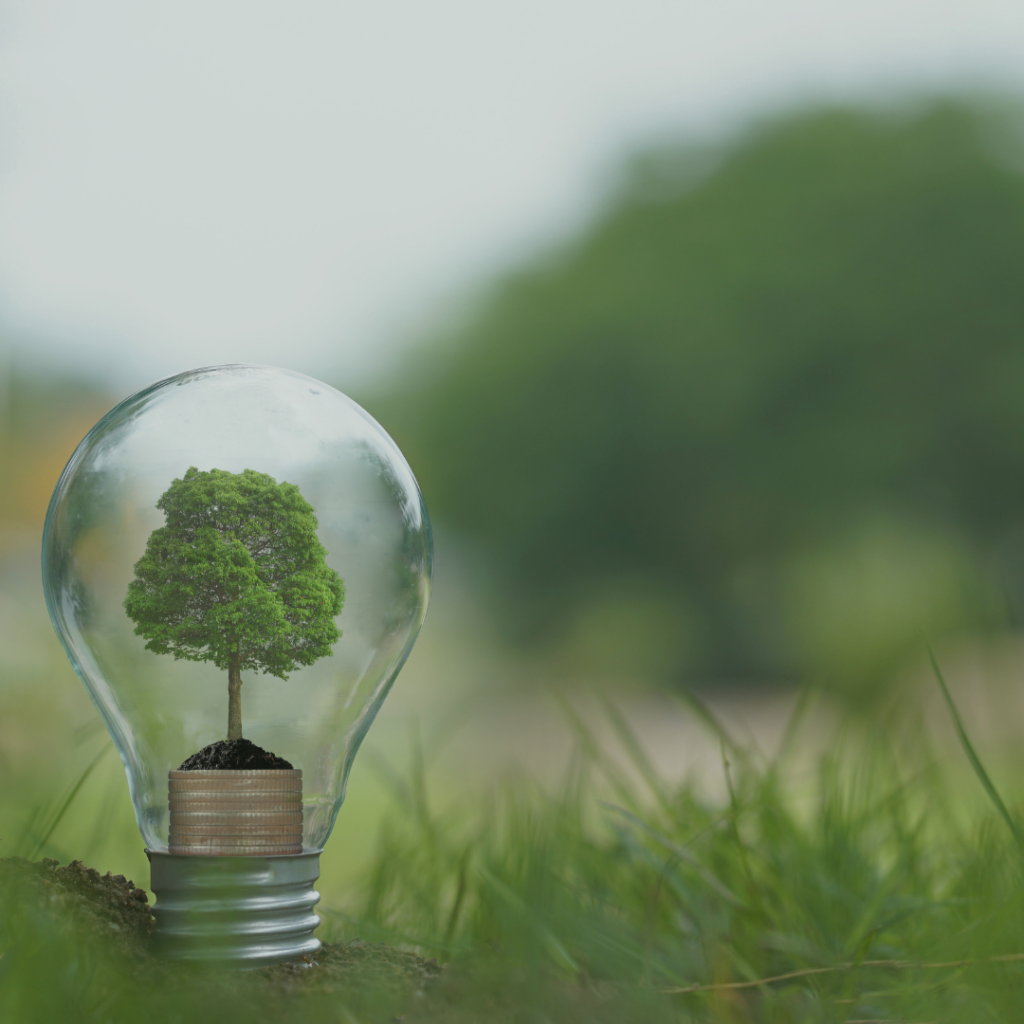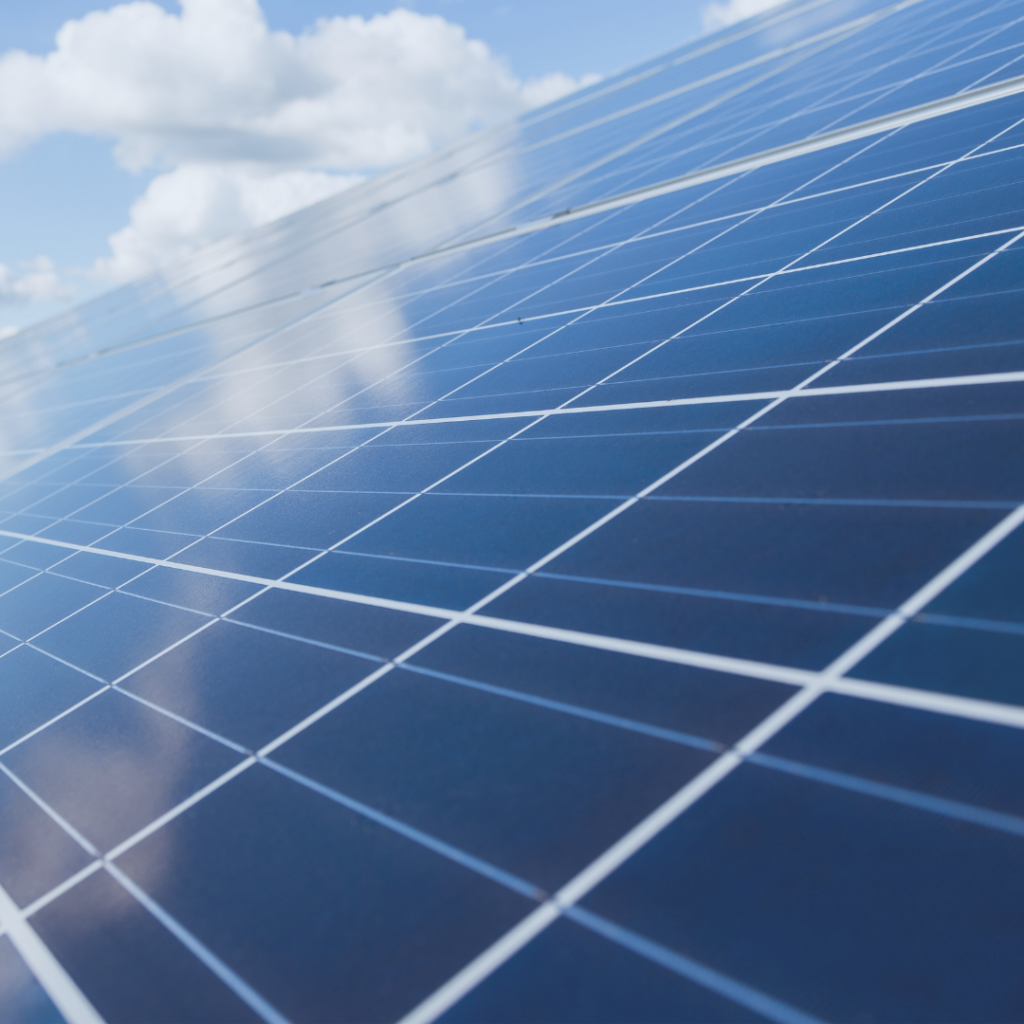
Making the Internet More Sustainable
It is no secret that the internet has taken over the world. It is essential in daily life for most people and businesses everywhere. In fact, according to senior lecturer in electronic engineering Jeff Kittle and Statista, “around 4.6 billion people use the internet every day“. However, have you ever wondered how much energy your internet usage consumes? The answer might shock you.
There are important things to think about when identifying the sustainability of your website usage. Some key things to consider are:
- The amount of time you spend on your electronic devices and how much of that time is spent on the internet.
- The security and ecological practices of the content and websites you are viewing.
- Your home’s energy source (solar, electric, etc.).
- The carbon reading of each website visited.
What is a website carbon reading? I’m glad you asked. A carbon reading will determine a website’s average CO2 admissions per visit and how it compares to the rest of the world’s websites. For example, according to websitecarbon.com, this very website got an F as it’s carbon rating! 1.07g of CO2 is produced every time someone visits this web page. That makes it 77% dirtier than all other websites globally! Yikes! View this websites carbon reading along with any URL of your choice here.
Let’s take a look at some popular businesses and their carbon ratings. First, we have Forbes. They received an F rating as well, making them dirtier than 85% of all web pages globally. 1.55g of CO2 is produced every single time someone signs on to their site. One of the worlds most popular news websites, Fox News, has a C rating, making it 50% dirtier than the world’s websites and producing 0.48g of CO2 per visit. Lastly, the world’s beloved Disney, has an E rating and produces 0.73g of CO2 every time their website has a visitor! Oh no Mickey!
Businesses and everyday people aren’t the only ones guilty of high carbon emissions either. Take a look at this list displaying the carbon ratings of the most popular social media websites:
- Instagram: D rating, 0.57g of CO2 is produced every time someone visits this web page.
- X: C rating, 0.40g of CO2 is produced every time someone visits this web page.
- TikTok: F rating, 0.92g of CO2 is produced every time someone visits this web page.
When researching this, I was able to find that Facebook has an A+ rating, only 0.07g of CO2 is produced every time someone visits. They are cleaner than 94% of websites globally despite having millions of users. To put it in perspective, over the course of a year, with 10,000 page views, this web page emits the amount of carbon that 1 tree absorbs in a year. Yay Facebook!
As for the rest of the websites, how can we fix this? Well first, let’s start by identifying the problem. The reason that there is a huge issue with website carbon emissions is because most website owners and companies are not relying on renewable sources of energy. They also rely on gigantic servers that host thousand of people at a time, increasing the energy needed to allow them to run.

Unfortunately, we cannot control how other internet users decide to run their individual websites. However, we can be careful about which ones we visit, researching their efforts to find different and more sustainable energy sources. We also should consider our own energy sources in our own lives. Solar energy is a great option for those looking to switch to renewable energy but not willing to participate in a major lifestyle change. It is something to consider when addressing internet sustainability and how we want to protect our planet and surrounding environment.
There are details in website design and function that can help us identify high energy use. One of those design elements might be extravagant layouts that do not embrace any forms of minimalism. A simple, straightforward, and moderate design would signify a lower amount of energy being used to run the website. Also, animated features would require higher amounts of energy.

After researching this issue and finding out the horrifying carbon rating this website received, I am pledging to look for more sustainable and efficient ways to run it. I encourage you all to do the same and take the time to research your own energy usage.
Liked this post? Feel free to visit my post page for more!





